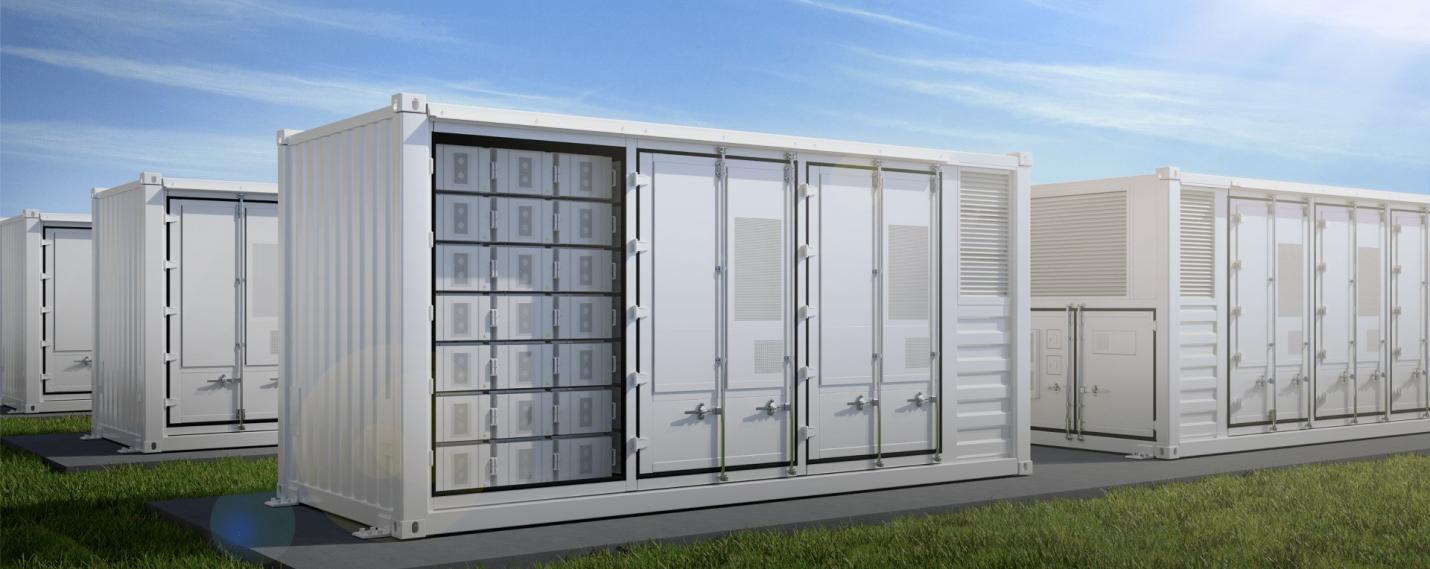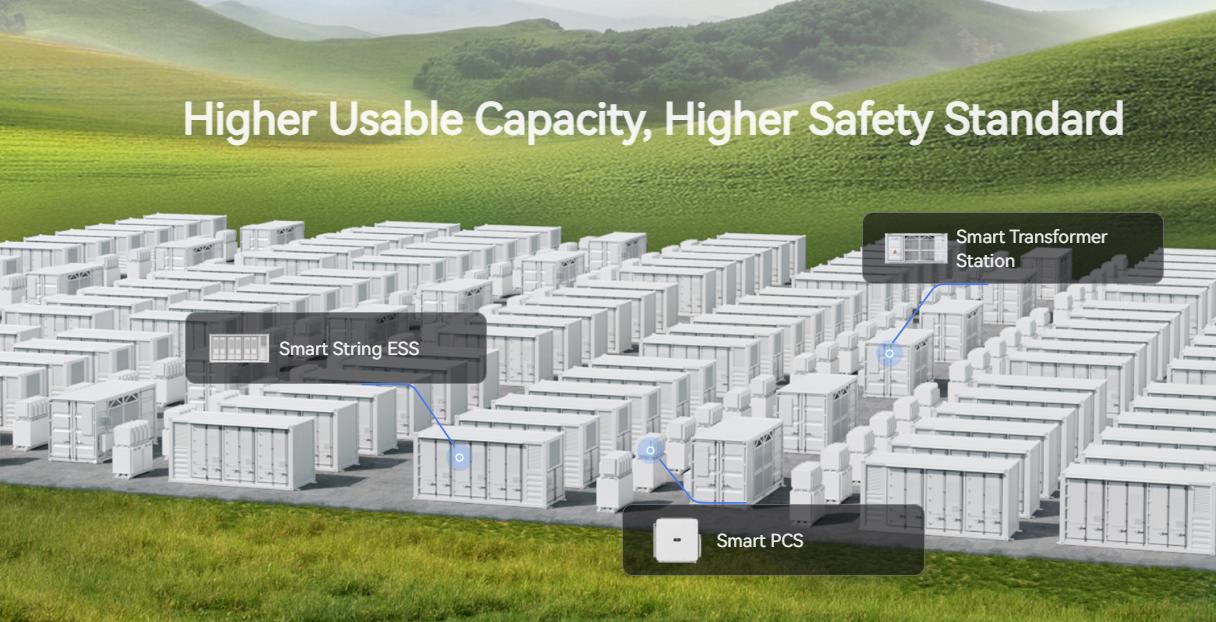Enhancing Capacity and Safety in Energy Storage
In the evolving landscape of energy solutions, energy storage systems (ESS) have emerged as critical components, particularly in the integration and stabilization of renewable energy sources and grid systems. However, increasing the capacity and ensuring the safety of these systems remain paramount challenges. This article delves into the advancements in energy storage technology, focusing on Smart String ESS and Smart PCS, to address these issues.
The Need for Higher Usable Capacity in Energy Storage
The demand for energy storage is surging across various sectors, driven by the growth in renewable energy sources, the need for stable grid support, and the expansion of electric vehicle infrastructure. Higher capacity in energy storage translates to a longer duration of power supply, facilitating a smoother integration of intermittent renewable sources like solar and wind, and enhancing grid reliability. This necessitates the development of energy storage solutions that can not only store larger amounts of energy but do so efficiently and safely.
Safety Standards in Energy Storage Systems
Safety is a critical consideration in energy storage, especially with the widespread use of lithium-ion batteries. These systems are prone to risks like thermal runaway, chemical leaks, and fire hazards. Recognizing these hazards, the industry has been working towards stringent safety standards and regulations. These include robust construction practices, comprehensive testing protocols, and advanced management systems to ensure the safe operation of energy storage systems.

Innovations in Smart String Energy Storage Systems (ESS)
The Smart String ESS represents a significant leap in energy storage technology. Unlike traditional systems, Smart String ESS utilizes a modular design that enables scalability and flexibility. Each ‘string’ or unit can operate independently, enhancing overall system efficiency and reliability. The advanced battery management systems within these units ensure optimal charge and discharge cycles, thereby prolonging battery life and maximizing usable capacity. One of the standout features of Smart String ESS is its contribution to safety. The system's design allows for isolated fault detection, meaning that any malfunction in a single module can be identified and addressed without impacting the entire system. Additionally, integrated fire suppression technologies and robust thermal management systems significantly reduce the risk of fires and thermal incidents, setting a new standard in energy storage safety.
The Role of Smart Power Conditioning Systems (PCS)
Complementing the Smart String ESS is the Smart Power Conditioning System (PCS). This system plays a vital role in the energy storage ecosystem by managing the conversion of electrical energy from various sources into a stable and usable form. Smart PCS is equipped with intelligent software that enables real-time monitoring and predictive maintenance, ensuring efficient operation and minimizing downtime. In the context of safety, Smart PCS contributes significantly by continuously monitoring the energy storage system's health. They can detect anomalies in power flow or energy conversion processes, triggering preventive measures to avert potential hazards. Furthermore, their ability to seamlessly integrate with renewable energy sources and grid systems makes them invaluable in modern energy infrastructures, promoting not just efficiency but also safety.

Conclusion
The integration of higher capacity and enhanced safety features in energy storage technologies are crucial for the sustainable development of energy infrastructures globally. Innovations like Smart String ESS and Smart PCS are at the forefront of this integration, offering solutions that are not only efficient and scalable but also prioritize safety. As we advance, these technologies will play a pivotal role in shaping a resilient and sustainable energy future. The advancements in energy storage, epitomized by Smart String ESS and Smart PCS, demonstrate a promising trajectory toward resolving some of the most pressing challenges in the energy sector. By focusing on both capacity enhancement and safety improvements, these technologies are setting new benchmarks, paving the way for a more reliable, efficient, and safe energy storage landscape.